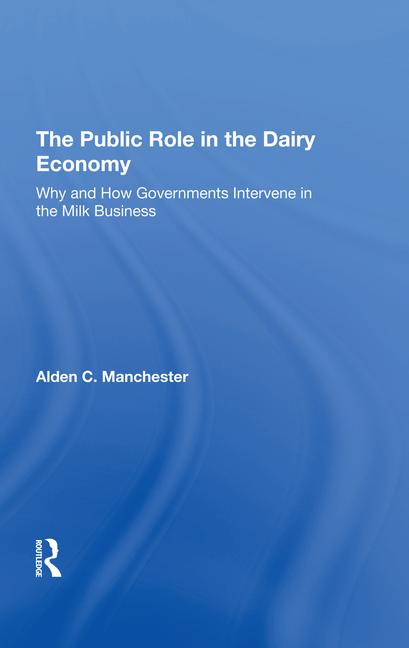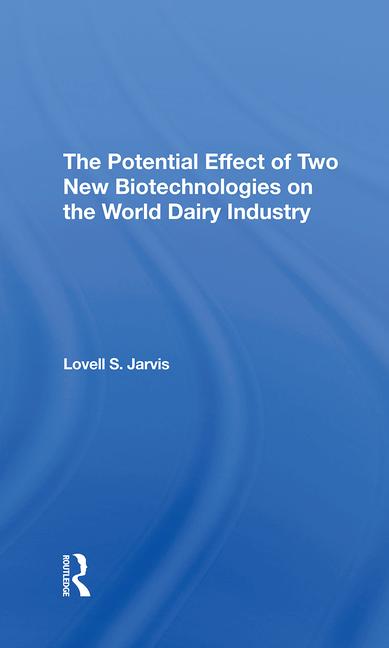Logistics & Distribution: Beyond the Filler
Alternative Fleet Fuels

Dairy and ice cream fleet and transportation decisions never seem to get any easier – and what are the alternatives?
Only a few months after $4-plus diesel with gasoline not far behind, we are now looking at $2-plus diesel and gasoline. Fuel expenses for many dairy and ice cream companies have been cut in half. There are also suggestions that with two new U.S. diesel refining capacity increases coming online this spring and summer, diesel may resume its historical position as cheaper than gasoline.
So, what is a fleet manager or fleet investment decision maker to do?
As indicated in my recent column on hybrid route trucks, now is not the time to stop and tarry in the ongoing evaluation of new engines or fuel alternatives. The current list of basic fleet fuel choices includes gasohol, biodiesel, propane, compressed natural gas and liquefied natural gas, methane and methanol. Hydrogen and automotive fuel cells are still farther down the path.
Thanks to Congress and the corn farmers’ lobby, gasohol is by far the largest so-called alternative fuel for gasoline-powered automobiles and light trucks. Alcohol used in U.S. gasohol remains virtually 100% feed- and food-grain sourced, and would not be economical for users without its 50-cents-per-gallon federal subsidy. It’s also likely the feed- and food-grain-sourced alcohol actually consumes more BTUs of energy in its total production, harvesting, refining and transportation than it contains in actual fuel energy content. It also yields lower vehicle miles per gallon than the gasoline it replaces.
Current alternative fuel choices from a truck fleet standpoint must also distinguish between local (home every night) and long-haul operations, the differences being primarily away-from-home fuel availability and access considerations.
Biodiesel is the largest U.S. truck fleet alternative fuel type presently in use. Biofuels for blending with automotive diesel fuels may be sourced from a wide range of “bio sources,” including rendered animal fats and greases, meat scraps and waste, vegetable oils, waste cooking oils and grease. In the future, additional non-edible vegetative sources will likely increase the source list as with ethanol (I wonder how many gallons of fuel the recently recalled contaminated peanuts could have made).
Biodiesel has been most commonly used in a 10% bio winter blend and a 20% bio summer blend. A more immediate limitation of biodiesel use has been the lack of general over-the-road availability, along with lack of consistent quality reliability and specification standards enforcement. As fuel quality standards and consistency improve, fleets are moving towards year-round 20% blends in all but the most extreme winter environments. With improving quality and continuing engine development, higher percentage blends of 30% or more will be common.
Recent increases in domestic production of natural gas, combined with resulting decreases in price, are moving natural gas toward a major position as a primary alternative truck fuel source. The technology for diesel engine conversion to natural gas has been around for a long time. That fact, combined with the long history for fueling systems and onboard tankage, combine to make natural gas a major alternative consideration for U.S. truck fleets.
Access and availability, plus onboard tank size and weight considerations, divide the fleet between local consideration and over the road. Compressed natural gas for local delivery routes will be, for the immediate future, primarily a closed operating loop, in which trucks are fueled solely at home. Depending on operations, it may be with a multi-connection, lower pressure, less expensive “slow-fill” system (remember overnight “recharge” of passive cold plate systems?) or more expensive, gasoline pump-type “quick fill” (while-you-wait) systems. Beyond access questions, the real distance limitation for CNG is the weight and size of onboard tank capacity needed for long haul.
CNG’s tankage size and weight are what open the longer hauls to LNG. By its very process, the liquification of natural gas puts more BTUs of energy into less space. However, the logistics of these same cryogenic systems, which are necessary to transport, store and dispense LNG as a truck fuel, result in an extremely expensive infrastructure, thus requiring large-volume users. Until those “chicken or egg” questions evolve in the marketplace, LNG will be a minor factor in truck transport.
The bottom line is that, at present, bio-diesel and natural gas are really the only practical alternatives for the majority of fleets, and there are particular positives for each. Many fleets would be wise to consider a mix of both fuels, depending on specific local operating needs.

Dairy and ice cream fleet and transportation decisions never seem to get any easier – and what are the alternatives?
Only a few months after $4-plus diesel with gasoline not far behind, we are now looking at $2-plus diesel and gasoline. Fuel expenses for many dairy and ice cream companies have been cut in half. There are also suggestions that with two new U.S. diesel refining capacity increases coming online this spring and summer, diesel may resume its historical position as cheaper than gasoline.
So, what is a fleet manager or fleet investment decision maker to do?
As indicated in my recent column on hybrid route trucks, now is not the time to stop and tarry in the ongoing evaluation of new engines or fuel alternatives. The current list of basic fleet fuel choices includes gasohol, biodiesel, propane, compressed natural gas and liquefied natural gas, methane and methanol. Hydrogen and automotive fuel cells are still farther down the path.
Thanks to Congress and the corn farmers’ lobby, gasohol is by far the largest so-called alternative fuel for gasoline-powered automobiles and light trucks. Alcohol used in U.S. gasohol remains virtually 100% feed- and food-grain sourced, and would not be economical for users without its 50-cents-per-gallon federal subsidy. It’s also likely the feed- and food-grain-sourced alcohol actually consumes more BTUs of energy in its total production, harvesting, refining and transportation than it contains in actual fuel energy content. It also yields lower vehicle miles per gallon than the gasoline it replaces.
Current alternative fuel choices from a truck fleet standpoint must also distinguish between local (home every night) and long-haul operations, the differences being primarily away-from-home fuel availability and access considerations.
Biodiesel is the largest U.S. truck fleet alternative fuel type presently in use. Biofuels for blending with automotive diesel fuels may be sourced from a wide range of “bio sources,” including rendered animal fats and greases, meat scraps and waste, vegetable oils, waste cooking oils and grease. In the future, additional non-edible vegetative sources will likely increase the source list as with ethanol (I wonder how many gallons of fuel the recently recalled contaminated peanuts could have made).
Biodiesel has been most commonly used in a 10% bio winter blend and a 20% bio summer blend. A more immediate limitation of biodiesel use has been the lack of general over-the-road availability, along with lack of consistent quality reliability and specification standards enforcement. As fuel quality standards and consistency improve, fleets are moving towards year-round 20% blends in all but the most extreme winter environments. With improving quality and continuing engine development, higher percentage blends of 30% or more will be common.
Recent increases in domestic production of natural gas, combined with resulting decreases in price, are moving natural gas toward a major position as a primary alternative truck fuel source. The technology for diesel engine conversion to natural gas has been around for a long time. That fact, combined with the long history for fueling systems and onboard tankage, combine to make natural gas a major alternative consideration for U.S. truck fleets.
Access and availability, plus onboard tank size and weight considerations, divide the fleet between local consideration and over the road. Compressed natural gas for local delivery routes will be, for the immediate future, primarily a closed operating loop, in which trucks are fueled solely at home. Depending on operations, it may be with a multi-connection, lower pressure, less expensive “slow-fill” system (remember overnight “recharge” of passive cold plate systems?) or more expensive, gasoline pump-type “quick fill” (while-you-wait) systems. Beyond access questions, the real distance limitation for CNG is the weight and size of onboard tank capacity needed for long haul.
CNG’s tankage size and weight are what open the longer hauls to LNG. By its very process, the liquification of natural gas puts more BTUs of energy into less space. However, the logistics of these same cryogenic systems, which are necessary to transport, store and dispense LNG as a truck fuel, result in an extremely expensive infrastructure, thus requiring large-volume users. Until those “chicken or egg” questions evolve in the marketplace, LNG will be a minor factor in truck transport.
The bottom line is that, at present, bio-diesel and natural gas are really the only practical alternatives for the majority of fleets, and there are particular positives for each. Many fleets would be wise to consider a mix of both fuels, depending on specific local operating needs.
Looking for a reprint of this article?
From high-res PDFs to custom plaques, order your copy today!





